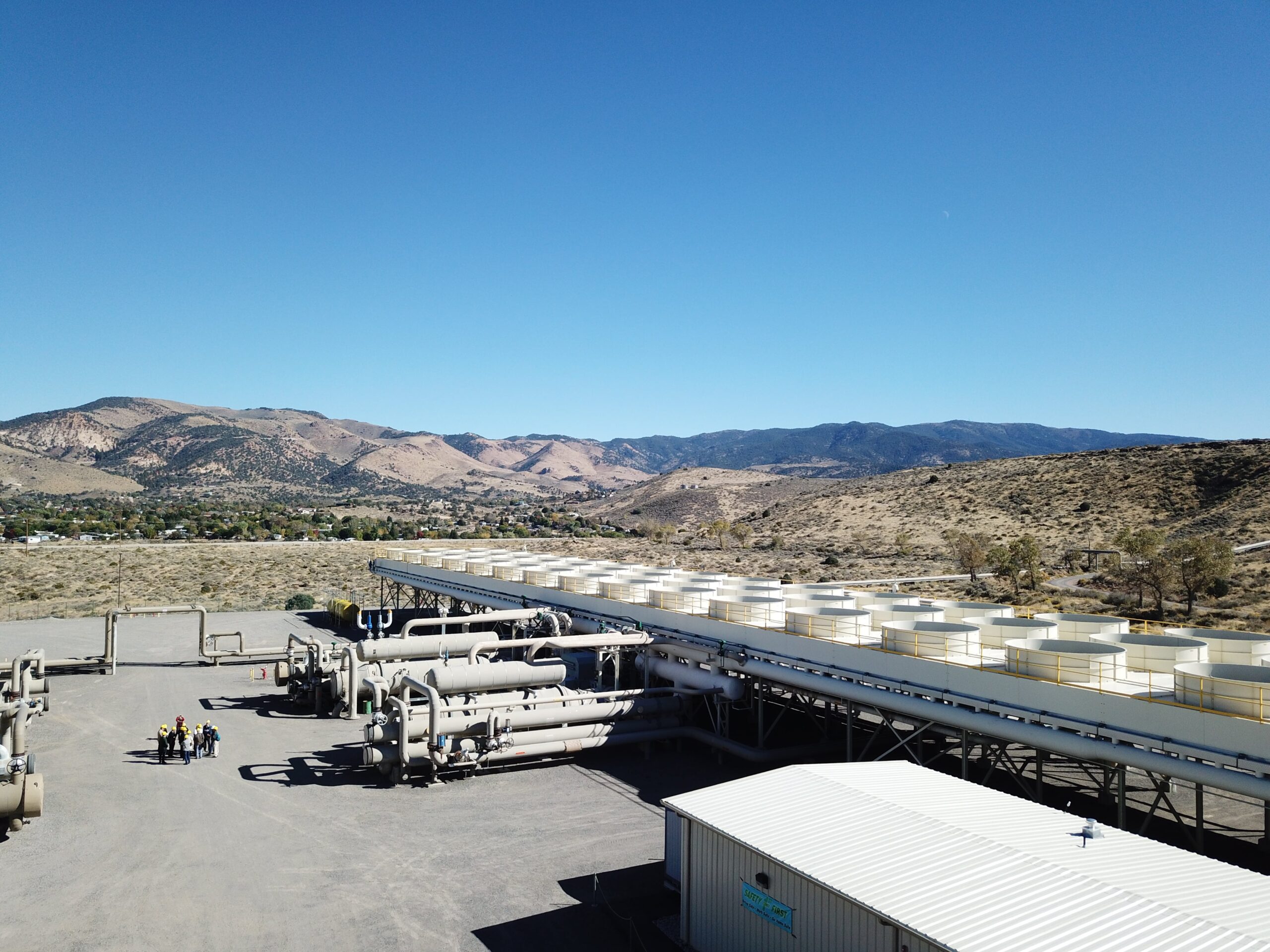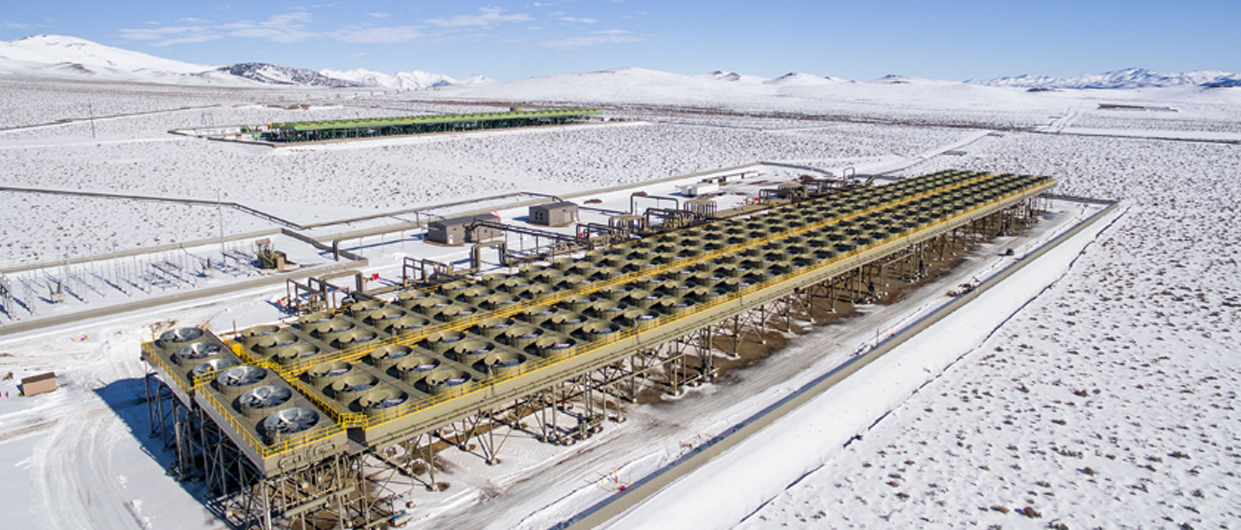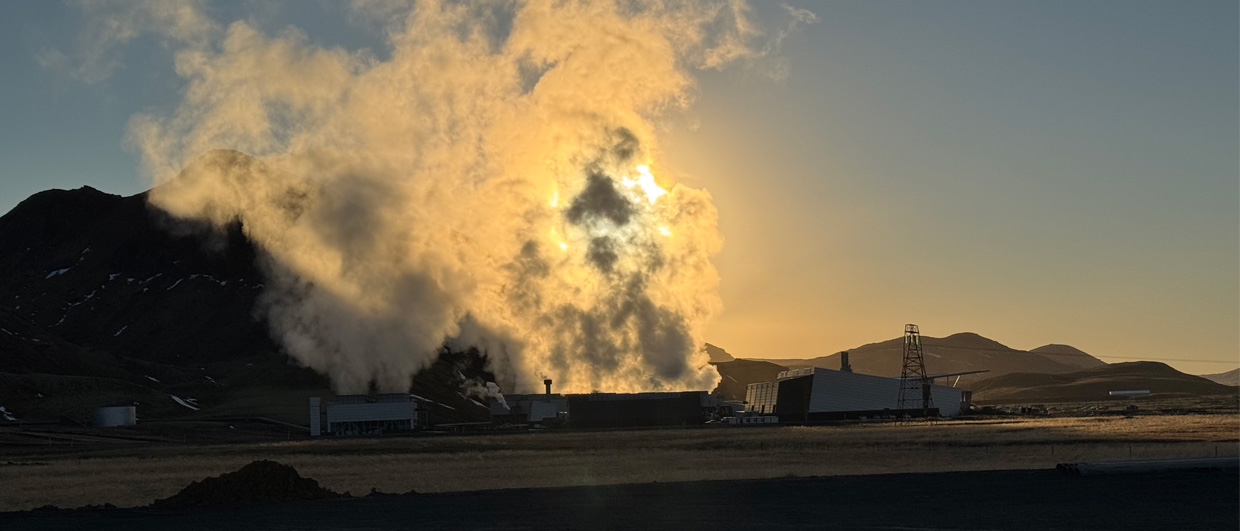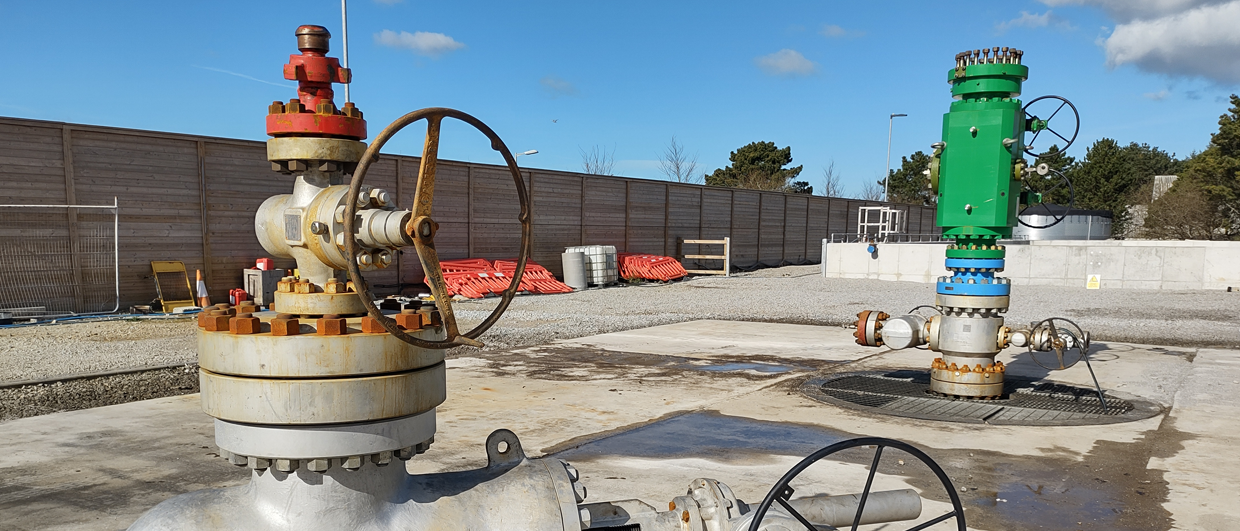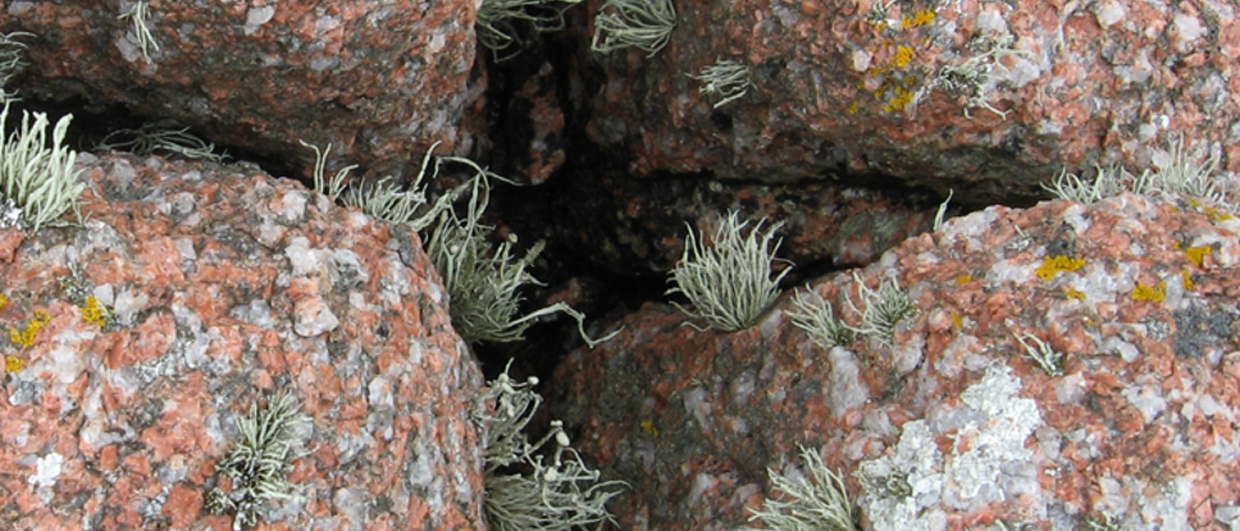Geothermal pumped well projects provide power to the grid at a contract price and terms negotiated with the power off-taker. This can vary significantly from country to country, but as the state of Nevada in the US represents the largest single market for power from geothermal pumped wells, power pricing in Nevada is presented here.
The Nevada Bureau of Mines publishes an annual report on mining, geothermal, and oil & gas statistics that includes price and production information, as shown in Figure 1.
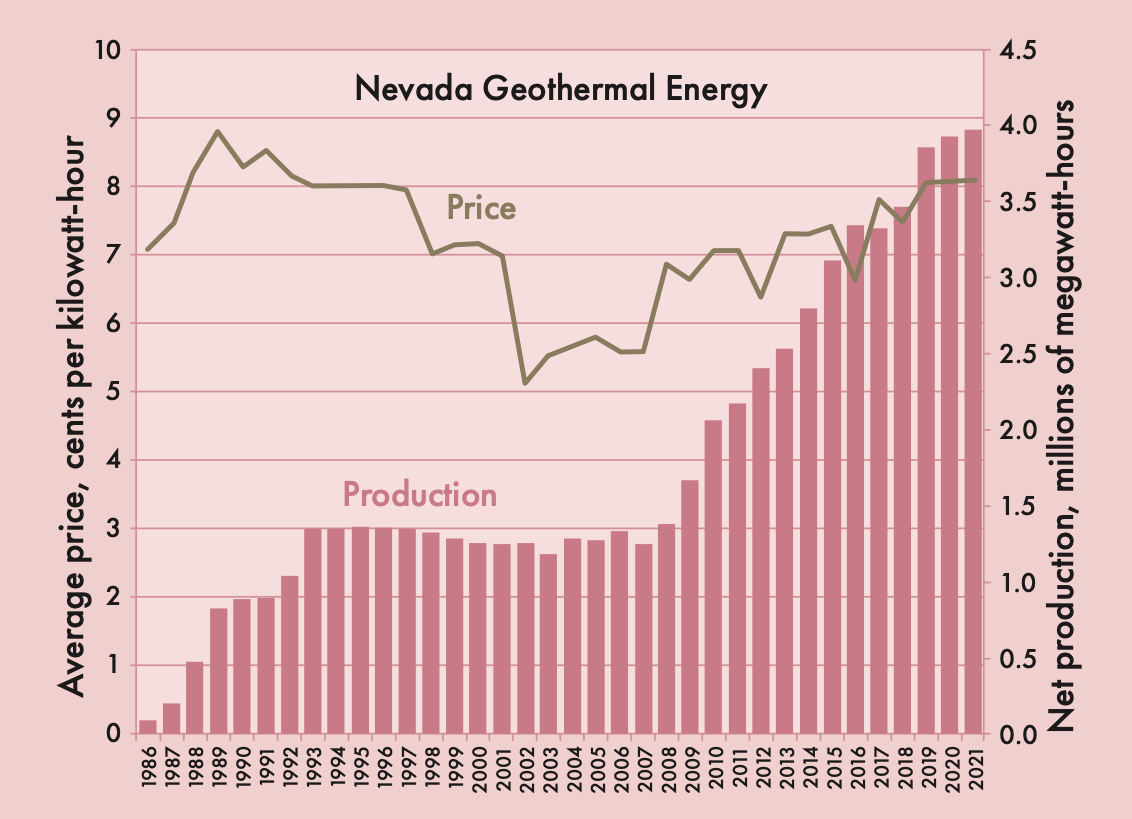
The price of geothermal power in Nevada has varied from 5-9 cents/kWh over the period shown (1986-2021), with prices given in US cents per kilowatt-hour (kWh). This offtake price has been profitable for the geothermal operators in the long term, as shown by the growth in production from less than 0.5 million MWh to 4.0 million MWh. Production levelled off and slightly declined when prices fell below 6 cents in 2001 but recovered again as prices increased above that threshold in 2008.
The largest geothermal operator in Nevada during this period has been Ormat Technologies Inc., whose annual reports demonstrate a long period of growth and profitability, primarily based around geothermal pumped well projects in Nevada. In 2021 for example, Ormat’s annual report shows electricity revenues $585 million versus costs of $337 million.
Data listed in a publication from researchers at University of Wisconsin-Madison in 2016 document long-term contracts for geothermal power, predominately pumped well projects, priced at 5-10 cents/kWh for contracts starting in the period from 2006-2018.
The role of subsidies
Subsidies for geothermal power in the US have mostly been in the form of tax credits. Geothermal power qualified for a 2.5 cents/kWh tax credit from 1992 to 2021 under various forms of the Production Tax Credit (PTC) legislation. This has been replaced recently by the so-called Inflation Reduction Act (IRA), which provides similar tax credits across a broad spectrum of renewable energy.
In Europe, subsidies have mostly taken the form of government-subsidised power prices available to the producer. In Germany for example, the Renewable Energy Sources Act (EEG) enacted in 2000 guaranteed a “feed-in tariff” to producers of 25 cents/kWh for 20 years. The original subsidy has recently been replaced by new EEG legislation.
This subsidy has facilitated the growth of the geothermal pumped well power industry, notwithstanding the higher development costs in Germany compared to the Western US where power prices of 6-10 cents/kWh have been sufficient to sustain a profitable industry – assisted by the 2.5 cents/kWh tax credit.
This is the fourth and final article in a series on Geothermal pumped-well power projects by Elliot Yearsley. The first article included a global overview of operating projects and subsurface characteristics, the second one focused on pump hydraulics, and the third discussed the translation of produced thermal energy to electrical energy.
Emerging Technologies
As summarised in the previous instalments in this series, well-established geothermal pumped well power projects utilise production wells with downhole pumps, fed from highly permeable reservoirs capable of average production rates in the range of 1,500 – 2,500 gallons or 6,800 – 11,000 litres per minute of 100-190°C fluid. Re-injection wells are used primarily for the purpose of disposing of the produced fluid after it has been through the surface heat exchangers. In addition, re-injection also serves as reservoir pressure support.
Where sufficient subsurface permeability does not naturally exist, production wells must be hydraulically fractured to create this permeability, which is referred to as “enhanced geothermal systems” (EGS). In these systems, the pump is usually located at the surface and fluid is pumped at high pressures down an injection well and produced by an adjacent production well. Average production rates for EGS to date have been in the range of 100 -600 gallons or 450 – 2,700 litres per minute. Efforts to increase flow rates from hydraulically fractured production and injection well pairs are ongoing, and by some accounts promising, but to date, there are no continuously operated commercial EGS projects.
Another type of emerging geothermal power intended to utilize similar temperatures and surface pumps is referred to as “closed loop”, which relies on heat exchange from the rock to the circulating fluid within the well, as opposed to direct production of the subsurface fluids. To date, there are currently no continuously operating commercial power projects of this type.
Ongoing efforts
Geothermal pumped well power projects are widespread and economically viable. Nevada has the largest concentration of pumped well projects in the world. Power prices in Nevada have ranged from 5-10 cents/kWh over the past 35 years and the US geothermal industry has been supported by a 2.5 cents/kWh production tax credit. Subsidised power prices in Germany and Europe in general have historically supported the geothermal power industry.
Emerging technologies for geothermal power projects that are intended to utilise a similar temperature range to pumped well projects (100-190°C) include EGS and closed loop. Efforts to commercialise these technologies are ongoing, however to the author’s knowledge there are currently no continuously operating commercial EGS or closed-loop geothermal power projects.
